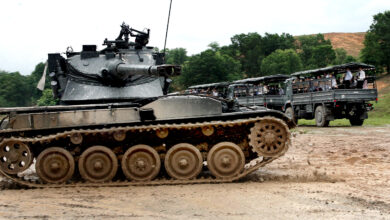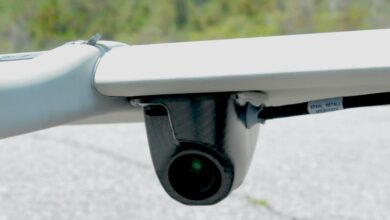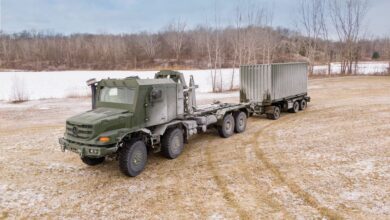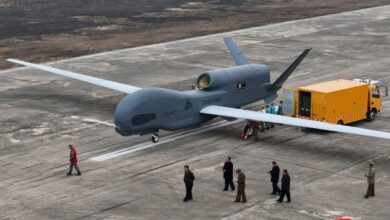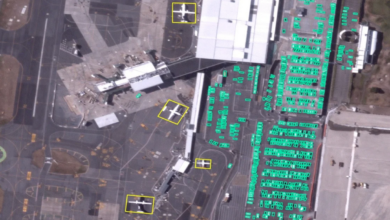
In the aftermath of the January 6 storming of the Capitol, news broke that National Guardsmen called in to protect Washington DC were forced to take shelter on the concrete floors of the congressional parking garage. The incident enraged both sides of the political divide.
After heated calls for action, the situation was quickly resolved. However, it left a lasting, shameful impression, demonstrating the sacrifices that guardsmen are required to undertake in the course of their duties but how undervalued their efforts are.
The National Guard has played a critical role in Washington this year, with 26,000 guardsmen involved in the months-long deployment to secure the Capitol. It came after an equally busy 2020, which included overseas deployments, border security, COVID-19 support, and being called out to various protests and natural disasters.

Halting Retention Bonuses Damages Guard Integrity
Despite the vital role it is called on to play, the Army National Guard (ARNG) started halting retention bonuses on July 1. This decision is baffling, as research shows that reenlistment bonuses are a cost-effective way of encouraging skilled, trained soldiers to continue serving their country.
These bonuses are a critical tool for the army to meet its retention objectives, particularly for soldiers who extended their commitment to the army after their first term. Halting retention bonuses could have serious long-term consequences. If retention rates fall, so will the reserve force’s ability to be mission-ready to ensure the country’s safety and security.
So what can the ARNG do to maintain and boost retention so that its reserve forces remain mission-ready now that retention bonuses have been halted?
Using AI to Boost Retention
The solution is to leverage data analytics and artificial intelligence (AI) for use in retention management. AI models can learn from historical data, adapt to new inputs, forecast future actions, and predict intelligent retention strategies when properly programmed and utilized.
The ARNG possesses analytics tools such as Directors Personnel and Readiness Overview (DPRO), a web-based analysis tool that provides a snapshot of each state or unit’s strength. Also, Retention Management Software (RMS) is used to “execute and track unit key level activities associated with taking care of soldiers throughout their army careers.”
Building on and improving DPRO and RMS capabilities would provide the ARNG with a robust set of insights that could help keep soldiers engaged, fulfilled, and less likely to “expire term of service” (ETS).

Data analytics and AI could assist the ARNG in initially selecting candidates with the best fit. Using AI in the enlistment process could result in higher long-term retention rates.
By applying algorithmic analytical models to uncover hidden patterns or trends, AI can detect correlations that humans miss, assisting in the recruitment of candidates who are a better fit for the organization. These candidates will stay longer because they will produce better and are thus more satisfied with their positions and the organization.
Strengthening the Service Through Greater Job Satisfaction
Businesses already use data analytics and AI to improve retention. This technology could be similarly employed in the ARNG to monitor trending skills, soldiers’ current skills, and skills they may want or need for advancement.
For example, AI could notify supervisors when a team member appears to be ready for a new task or assignment or when they demonstrate that they have surpassed the skills and experience required for their current position.
Leaders could also leverage AI to make suggestions on future steps to train their members. This would aid in developing supportive paths to growth, retaining soldiers who would otherwise ETS.
In addition to deciding which soldiers are most likely to ETS, AI models would provide information on when most ETS occurs. The models’ diagnostic capability would aid in understanding attrition trends and provide the organization with automated evaluations of its retention efforts.
Enhancing Existing Data-Driven Analysis
The military is already making strides in understanding and implementing data-driven analysis to shed light on employment-related issues.
For example, the army began implementing its new Army Talent Alignment Process in 2019 to collect better data on individual soldiers’ skills to optimize their career paths. These tools must be used with regular reviews, giving the ARNG the ability to predict and correct any underlying retention issues more quickly and accurately.
The diagnostic and predictive capabilities of AI would enable the ARNG to better understand how soldiers handle their positions and navigate both their civilian and military careers. Making full use of this technology would be cost-effective in increasing retention, which is necessary to ensure our ongoing security.
 Corye Douglas is a writer on things cyber and also serves as a National Guardsman for New York State. He holds a graduate degree in protective management from John Jay College of Criminal Justice and an MS in cyber policy and risk analysis from Utica College.
Corye Douglas is a writer on things cyber and also serves as a National Guardsman for New York State. He holds a graduate degree in protective management from John Jay College of Criminal Justice and an MS in cyber policy and risk analysis from Utica College.
The views and opinions expressed here are those of the author and do not necessarily reflect the editorial position of The Defense Post.
The Defense Post aims to publish a wide range of high-quality opinion and analysis from a diverse array of people – do you want to send us yours? Click here to submit an op-ed.





